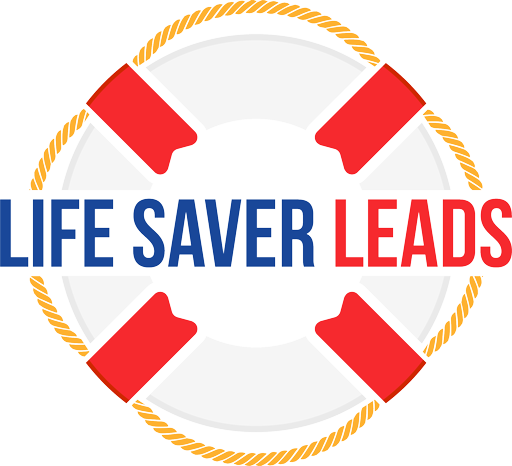It seems like you’re interested in understanding and measuring the effectiveness of Platform Life Saver Leads for lead generation. Let’s break down the process into two parts: understanding the power of Platform Life Saver Leads and measuring the return on investment (ROI) of your lead campaigns using this approach.

Understanding the Power of Platform Life Saver Leads:
- Definition of Platform Life Saver Leads:
- Clearly define what Platform Life Saver Leads mean in your context. These could be leads generated through specific platforms, channels, or strategies that have proven to be particularly effective.
- Identifying Key Platforms:
- Identify the platforms where your target audience is most active. This could include social media, industry forums, specialized websites, or any other channels that are relevant to your business.
- Tailored Content:
- Create content that is tailored to each platform. Different platforms have different audiences and content consumption patterns. Tailoring your content can make it more appealing and effective.
- Engagement Strategies:
- Develop strategies to actively engage with your audience on these platforms. This could involve participating in discussions, running targeted ads, or creating interactive content.
- Building Relationships:
- Use these platforms to build relationships with your audience. Establish trust and credibility by consistently providing value and addressing their needs.
- Monitoring Metrics:
- Regularly monitor key metrics such as engagement rates, click-through rates, and conversion rates on each platform. This will help you gauge the effectiveness of your efforts.
Measuring ROI: Assessing the Effectiveness of Your Platform Life Saver Lead Campaigns:
- Define Objectives:
- Clearly define the objectives of your lead campaigns. This could be increasing brand awareness, generating leads, driving sales, or a combination of these.
- Tracking Conversions:
- Implement tracking mechanisms to monitor conversions from each platform. This could include setting up conversion tracking pixels, using UTM parameters, or integrating with analytics tools.
- Attribution Modeling:
- Use attribution models to understand the contribution of each platform in the customer journey. This helps in assigning value to different touchpoints and optimizing your strategy accordingly.
- Cost Analysis:
- Calculate the costs associated with each lead campaign, including advertising costs, content creation costs, and personnel costs. This will be crucial for determining the ROI.
- Calculate ROI:
- Use the following formula to calculate ROI: ROI=(Net ProfitCost of Campaign)×100ROI=(Cost of CampaignNet Profit)×100
- Net Profit is the revenue generated minus the campaign costs.
- Use the following formula to calculate ROI: ROI=(Net ProfitCost of Campaign)×100ROI=(Cost of CampaignNet Profit)×100
- Continuous Optimization:
- Regularly review the performance of your lead campaigns. Identify what’s working well and what can be improved. Adjust your strategies based on the data and insights gathered.
- Leverage Analytics Tools:
- Make use of analytics tools to gain deeper insights into user behavior, demographics, and preferences. This information can guide your future campaigns and improve targeting.
- Benchmarking:
- Benchmark the performance of your Platform Life Saver Leads campaigns against industry standards and competitors. This provides context for evaluating your success.
Remember that the effectiveness of lead campaigns can evolve, so it’s crucial to stay adaptive and refine your approach based on the changing dynamics of your target audience and the platforms you use.

Recent Comments